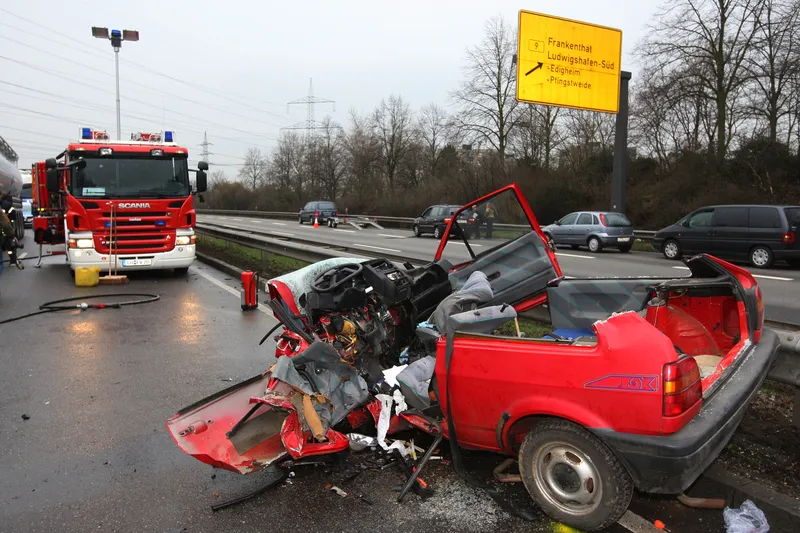A study carried out by Baton Rouge, Louisiana’s Department of Public Works shows drops in both traffic crashes and violations at selected intersections in the five years since the city launched a traffic light camera program. The study evaluated intersections where traffic cameras were installed in 2008 and 2009 by comparing the average number of crashes in the years before and after the cameras took effect, and showed a sharp decline in right-angle crashes - considered the most dangerous type of collisions
July 3, 2013
Read time: 2 mins
A study carried out by Baton Rouge, Louisiana’s Department of Public Works shows drops in both traffic crashes and violations at selected intersections in the five years since the city launched a traffic light camera program.
The study evaluated intersections where traffic cameras were installed in 2008 and 2009 by comparing the average number of crashes in the years before and after the cameras took effect, and showed a sharp decline in right-angle crashes - considered the most dangerous type of collisions - but also showed slight increases in rear-end crashes.
There was an average of 69 right-angle crashes in total at intersections in 2006 and 2007; when cameras were installed in 2008, right-angle crashes at those locations dropped to a combined average of 41 per year for the years 2009 through 2011, or a decline of 40 per cent.
In the same time frame, rear-end collisions for the designated intersections increased by 4 percent and total injuries for all collisions dropped 15 per cent.
Of 19 intersections that still have traffic cameras, 13 showed reductions in traffic light violations between the first year they were installed and 2012, according to data provided by17 American Traffic Solutions, the company overseeing the city-parish camera program.
The study evaluated intersections where traffic cameras were installed in 2008 and 2009 by comparing the average number of crashes in the years before and after the cameras took effect, and showed a sharp decline in right-angle crashes - considered the most dangerous type of collisions - but also showed slight increases in rear-end crashes.
There was an average of 69 right-angle crashes in total at intersections in 2006 and 2007; when cameras were installed in 2008, right-angle crashes at those locations dropped to a combined average of 41 per year for the years 2009 through 2011, or a decline of 40 per cent.
In the same time frame, rear-end collisions for the designated intersections increased by 4 percent and total injuries for all collisions dropped 15 per cent.
Of 19 intersections that still have traffic cameras, 13 showed reductions in traffic light violations between the first year they were installed and 2012, according to data provided by










